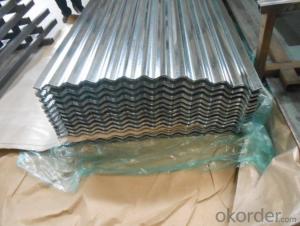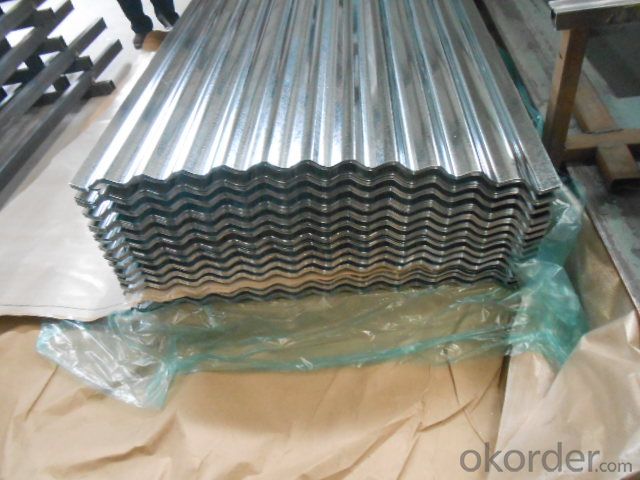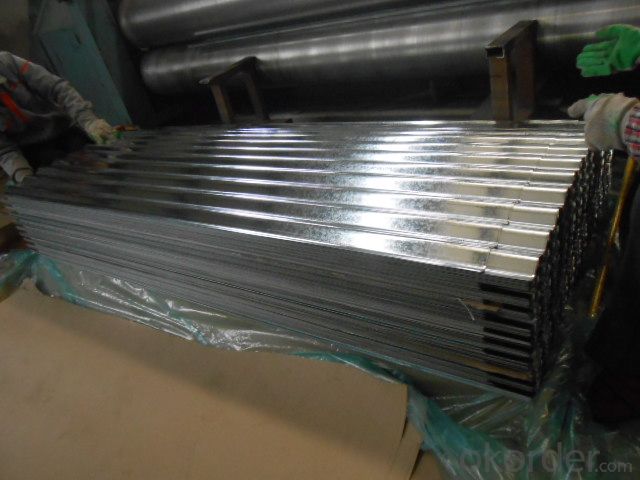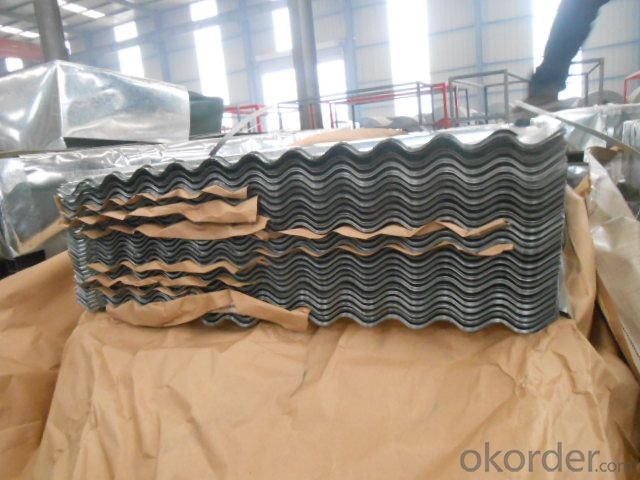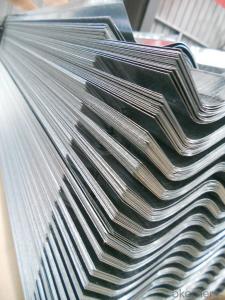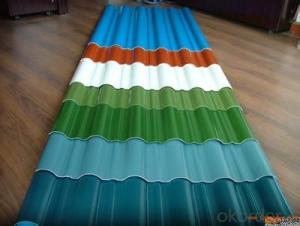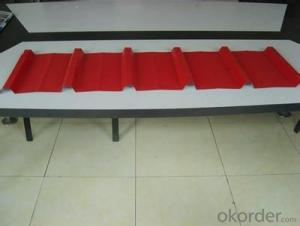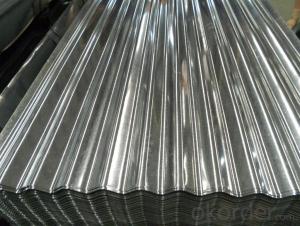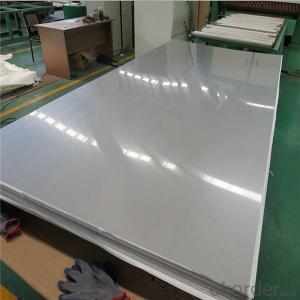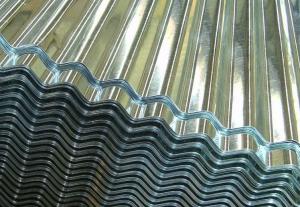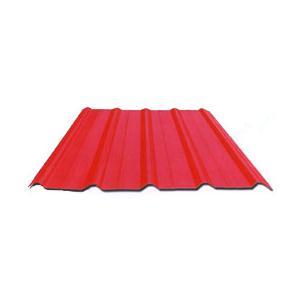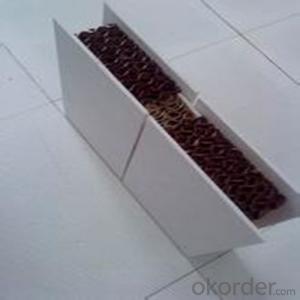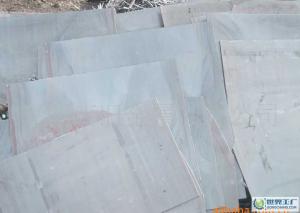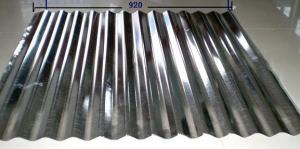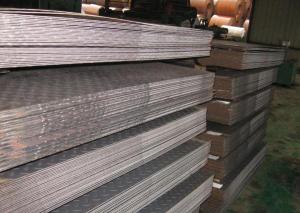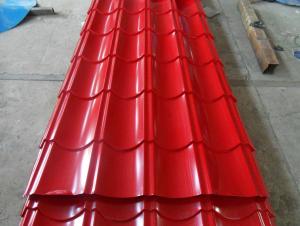CORRUGATED GALVANIZED STEELSHEET
- Loading Port:
- China Main Port
- Payment Terms:
- TT OR LC
- Min Order Qty:
- -
- Supply Capability:
- -
OKorder Service Pledge
OKorder Financial Service
You Might Also Like
The corrugated sheet is a high strength and durable steel, mostly used for a architectural decoration. We have scores of corrugated sheets production lines of different types, producing profiled sheets of all kinds of types and colors. Since it adopts high strength steel sheet and the dimension is designed reasonably, the corrugated sheets are widely used on roofs and walls of various buildings, which can be easily installed, be flexible and changeable, unrestricted by no factor of the buildings.
CORRUGATED GALVANIZED STEEL SHEET
STEEL GRADE & STANDARD:JIS G3302 SGCC
ZINC COATING MASS:Z50(+/-10g)
THICKNESS :0.19MM
WIDTH:1000MM
LENGTH:2000MM
PACKAGE TYPE:PACKED WITH STEEL PALLET
BUNDLE WEIGHT:AROUND 3MT
SHAPE AS PER PICTURE & SAMPLE FROM BUYER
It has been widely applied on civil construction like storerooms, special building roof and walls of wide-span steel structure building and so on.
- Q: Can steel sheets be used for insulation cladding?
- No, steel sheets are not typically used for insulation cladding. Insulation cladding is usually made of materials with thermal insulation properties such as foam boards, mineral wool, or fiberglass. These materials are chosen for their ability to reduce heat transfer and improve energy efficiency. Steel sheets, on the other hand, are commonly used for structural purposes or as a protective layer due to their strength and durability. While steel sheets can provide some level of protection, they do not possess the necessary insulation properties to effectively prevent heat or cold transfer. Therefore, it is recommended to use appropriate insulation materials specifically designed for cladding purposes.
- Q: What are the environmental considerations of using steel sheets?
- One environmental consideration of using steel sheets is the carbon emissions associated with their production. Steel manufacturing processes, such as iron ore mining and steelmaking, contribute to greenhouse gas emissions, particularly carbon dioxide. Another consideration is the extraction of raw materials. The production of steel sheets requires significant amounts of natural resources, including iron ore and coal. Extracting these resources can have negative impacts on ecosystems, such as habitat destruction and water pollution. Additionally, the transportation and logistics involved in sourcing and delivering steel sheets can contribute to carbon emissions and air pollution. The long-distance transportation of steel sheets, especially if they are imported, can further increase the environmental footprint of their usage. Lastly, the disposal of steel sheets at the end of their life cycle is another environmental consideration. If not properly managed, steel waste can contribute to landfill accumulation and potentially contaminate soil and water sources. Overall, while steel sheets are a versatile and widely-used material in various industries, their production and usage have significant environmental implications that need to be carefully considered and mitigated.
- Q: Can steel sheets be used for security doors and windows?
- Yes, steel sheets can be used for security doors and windows. Steel is a strong and durable material that provides enhanced security and protection against break-ins. It can be used to reinforce the structure of doors and windows, making them more resistant to forced entry.
- Q: Can steel sheets be used for making furniture?
- Yes, steel sheets can be used for making furniture. Steel is a durable and sturdy material that can be shaped and formed into various furniture designs. It is often used for making chairs, tables, shelves, and other industrial or modern furniture pieces.
- Q: Are steel sheets suitable for automotive chassis?
- Yes, steel sheets are suitable for automotive chassis. Steel is a popular choice for automotive chassis due to its strength, durability, and affordability. It provides excellent structural integrity and can withstand the various forces and stresses experienced by a vehicle during operation. Steel sheets also offer good resistance to impacts, vibrations, and corrosion, making them ideal for use in automotive chassis. Additionally, steel is a readily available material and can be easily formed, welded, and molded into different shapes and sizes, allowing for flexibility in design and manufacturing processes. Overall, steel sheets are a reliable and widely used material in the automotive industry for constructing chassis that meet the required safety, performance, and longevity standards.
- Q: How do steel sheets perform in terms of thermal insulation?
- Steel sheets have poor thermal insulation properties as they conduct heat easily.
- Q: Can the steel sheets be easily formed into curves or angles?
- Sheet metal bending is a process commonly employed to shape steel sheets into curves or angles. Specialized tools like brakes or press machines are utilized to achieve the desired form. The capacity to create curves or angles depends mainly on the thickness and type of steel employed. Generally, thinner and more malleable steel sheets are easier to handle and can be molded into tighter curves or angles. Conversely, thicker and less malleable steel sheets might necessitate greater force and advanced machinery to accomplish the desired shape.
- Q: Can steel sheets be heat treated for increased hardness?
- Yes, steel sheets can be heat treated to increase their hardness.
- Q: What's the difference between a spray plate and a colored steel plate?
- Color steel plate, material without zinc flower leveling, hot galvanized steel coil and zinc alloy coating, steel coil and other good substrate;
- Q: What is the typical density of a steel sheet?
- The typical density of a steel sheet is approximately 7.85 grams per cubic centimeter.
Send your message to us
CORRUGATED GALVANIZED STEELSHEET
- Loading Port:
- China Main Port
- Payment Terms:
- TT OR LC
- Min Order Qty:
- -
- Supply Capability:
- -
OKorder Service Pledge
OKorder Financial Service
Similar products
Hot products
Hot Searches
Related keywords
